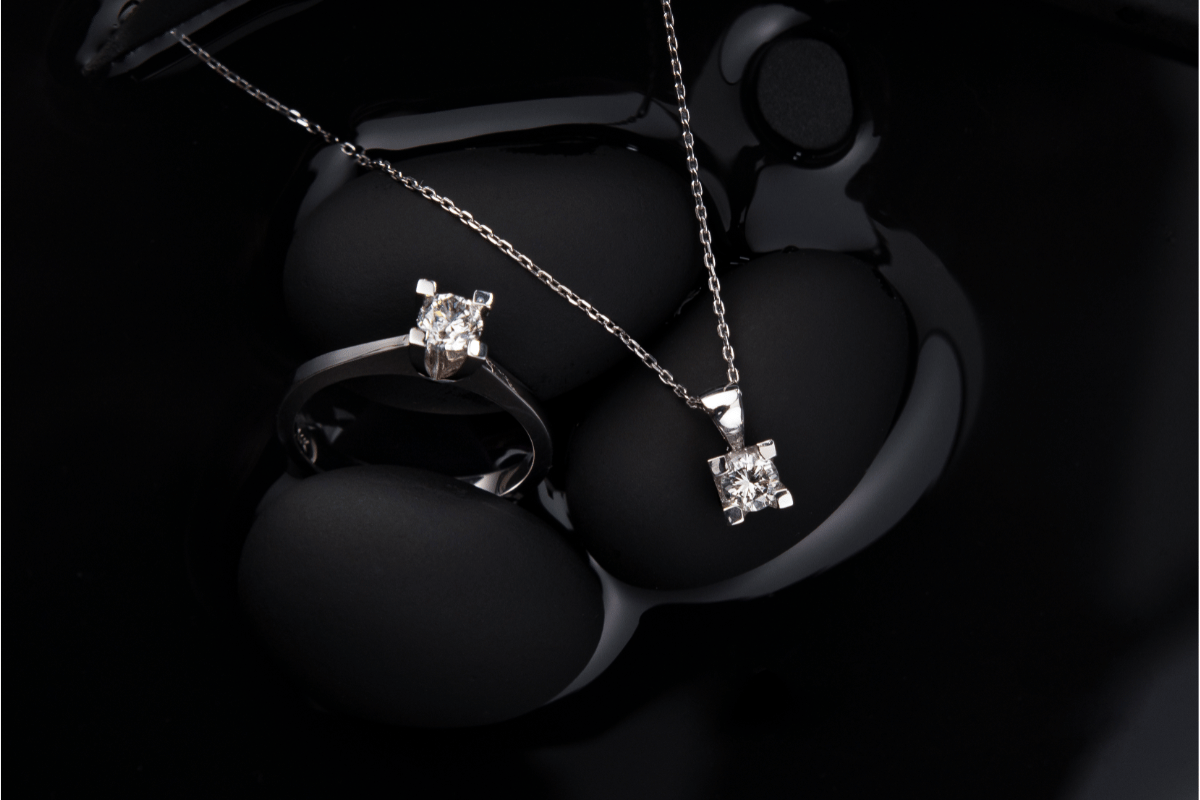Understanding Pendant Jewelry and Its Historical Significance
Table of Contents
From the ancient Egyptians to today, pendant jewelry has been a constant in human adornment, evolving in design but always serving as a functionality, style, and personal significance. In the ancient world, these pieces were not merely decorative but were endowed with symbolic power, often used to convey messages, denote status, or offer protection. Historical records show that early Egyptian pharaohs were buried with lavishly adorned pendant necklaces to guide them in the afterlife. Significantly, these beautiful ornaments have transcended time, maintaining their appeal and purpose through each era.
The journey from ancient talismans to today’s fashion statements reflects a broadening of the pendant’s role. This journey underscores humanity’s enduring search for meaning; as often as they have been worn for their beauty, pendants have equally been chosen for what they represent. In medieval Europe, for instance, pendants frequently carried religious icons or relics, a testament to the wearer’s faith. Further exploration of this historical appreciation and relevance can be found by reading about The History of Jewelry Through the Ages, which details the evolution of jewelry and its varied roles across civilizations.
The Art of Necklace and Pendant Design
Artisans create a pendant by meticulously selecting materials, considering color, weight, and symbolism. Metals like gold, known for their durability and shine, have stood the test of time, while gemstones are chosen for their beauty and perceived healing properties. The advent of technology in design, from the discovery and utilization of new metals to the invention of new machinery, has drastically expanded the possibilities for innovative pendant creations. Designers can now harness these advancements to express artistic visions with greater precision, giving life to intricate and complex designs once impossible.
Iconic Pendant Styles and Their Meanings
The significance of particular pendant styles can often traverse generations and geography. Cross pendants, for example, have remained a persistent symbol within Christian communities worldwide, reflecting centuries-old traditions. Similarly, the heart-shaped pendant, recognized as a universal token of love, has been given and worn to signify romantic and platonic affection, reflecting the human need for connection and relationship. The locket, a relic of Victorian sentimentality, has continued to serve as a vessel for keepsakes and photographs, a tangible connection to loved ones and treasured memories.
The Influence of Cultural Movements on Pendant Popularity
Cultural shifts have consistently molded the aesthetics of pendant jewelry. With its renewed interest in classical antiquity, the Renaissance era created a demand for pendant designs that mirrored the intricate and symmetrical styles of the past. Later, the Art Nouveau movement, with its fluid lines and organic forms, left a legacy of elegantly crafted pendant pieces that are still celebrated today. Art Deco jewelry’s streamlined and geometric patterns also had their moment, influencing pendant design with bold shapes and the integration of industrial motifs.
Pendants in Contemporary Fashion
In contemporary fashion, pendants continue to shine as versatile and essential accessories. The presence of pendants on high-fashion runways and street-style trends showcases their enduring appeal. The industry has witnessed a surge in eco-conscious consumerism, prompting designers to be more thoughtful about their chosen materials and production processes, seeking sustainable ways to work without compromising style or quality.
The Psychological Impact of Wearing Pendants
Choices in pendant jewelry can be deeply personal, often revealing insights into an individual’s character or aspirations. Sometimes, selecting a pendant is a non-verbal way to affirm one’s beliefs or affiliations. It might be a conscious choice aimed at strengthening one’s self-esteem, invoking the power of symbols to serve as a reminder of personal strength and values. Such decisions can empower, boost confidence, and provide a sense of belonging or identity. The psychological resonance of jewelry and fashion extends beyond mere fashion or ornamentation, as explored in the article Why People Wear: The Psychology of Fashion.
Pendants as a Symbol of Status and Wealth
The conferred prestige of wearing a pendant made of precious materials is a tradition that can be traced back centuries. Expensive jewelry served as a clear signifier of wealth and power in society, a custom that has persisted throughout the ages. The luxury of such pieces, often customized and one-of-a-kind, continues to be perceived as a display of socio-economic status, with premier craftsmanship contributing to its high value and desirability.
Sentimental and Commemorative Pendants
The sentimental value assigned to particular pendants often eclipses their monetary worth. These pieces symbolize personal narratives or milestones, such as births, marriages, or achievements. The advancement of custom jewelry has facilitated the creation of unique pendants tailored to individual stories, making them even more cherished as they become personalized symbols of one’s life journey.
Caring for Pendant Jewelry
Maintaining the integrity of pendant jewelry over time calls for mindful stewardship. Regular cleaning tailored to the material, protection from harsh chemicals, and safe storage are essential to prolong a pendant’s lifespan. Metals and gemstones each have their own care needs; for example, soft stones like opal require different attention than robust metals like stainless steel. Owners of valuable heirlooms or pieces of sentimental importance may seek professional assessment to ensure their preservation for generations to enjoy.
Selecting the Perfect Pendant: A Buyer’s Guide
Choosing the right pendant is both an art and a science. A well-selected piece complements the wearer’s style and body type and harmonizes with their wardrobe. Prospective buyers should consider the pendant’s material, craftsmanship, and compatibility with their aesthetic when searching for that perfect piece. Reputable retailers often guide customers in navigating these multiple facets of selection.
The Future of Pendant Jewelry
The intersection of technology and tradition in jewelry design heralds an exciting future for pendant jewelry. The upsurge in custom, bespoke pieces and 3D-printed designs provide a glimpse into a future where personal expression and technological innovation redefine what pendant jewelry can represent and achieve. Sustainability in jewelry production is also becoming a growing concern, emphasizing responsible practices and ethical material sourcing, projecting a future where beauty and stewardship go hand in hand.

